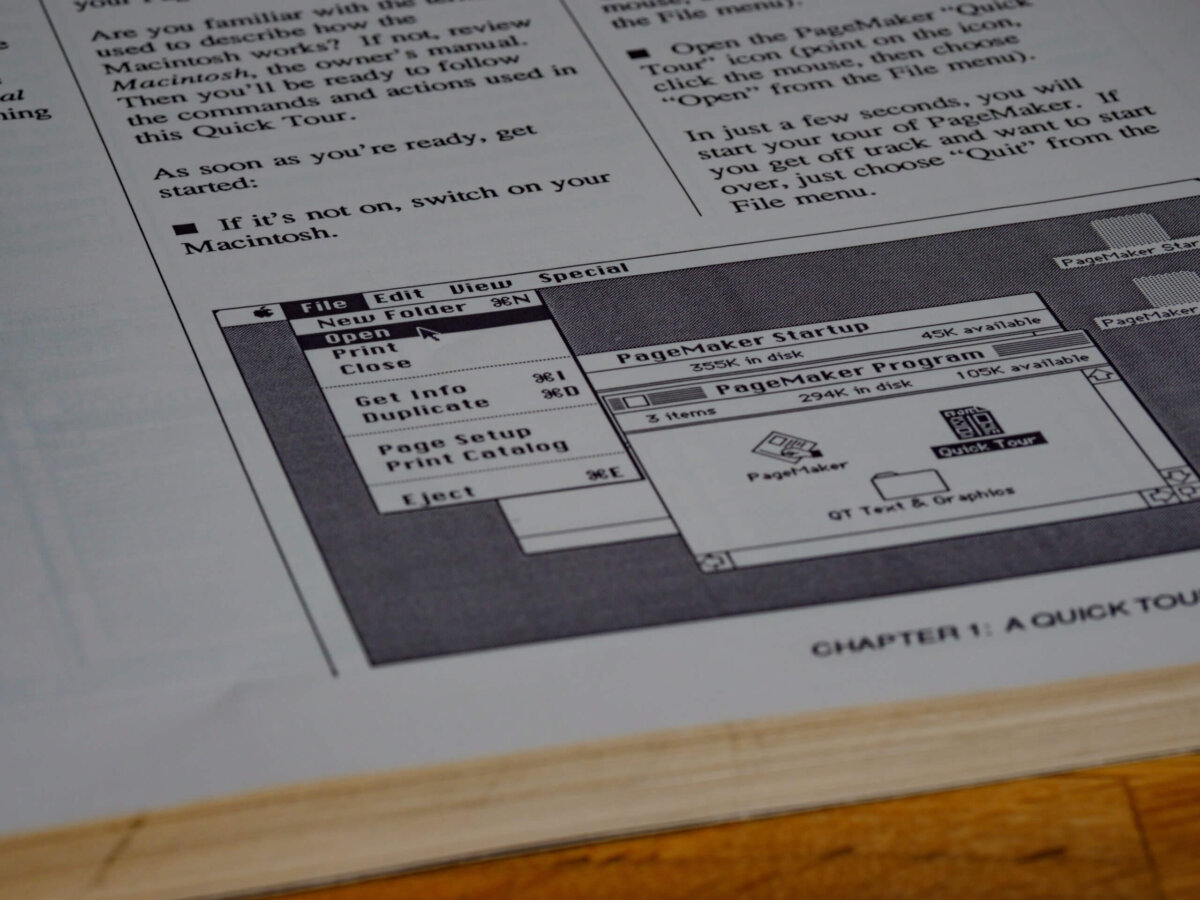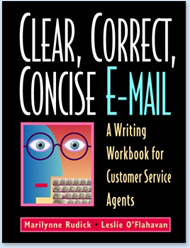A week ago, I did something very brave. I engaged in a customer service chat with Comcast, my cable and internet access provider. Why was this brave? Because Comcast is known for spectacularly bad customer service:
- In MSN Money’s 2010 Customer Service Hall of Shame, Comcast was number 3 of the “10 companies we love to hate,” and the Consumerist named Comcast Worst Company In America 2010.
- The 2006 classic YouTube video: A Comcast Technician Sleeping on my Couch (1,542,556 views)
I was chatting with Comcast because my cable service was still out one week after a 3-day power outage. I had web access but no TV. I’d had no luck getting through to Comcast by phone or e-mail, so I figured I’d give chat a try.
Overall, the chat experience was OK. It took a long time, more than 30 minutes from start to finish. Some of that time was spent waiting in the queue before the chat started, and some was spent running the stairs between my office and living room and doing various things to my cable box to try to get it working. The customer service agent (or “analyst Dean”) was pleasant enough. Dean’s solution to my problem didn’t work, so it’s difficult to consider the chat a true success.
But I did take a critical look at the chat transcript and can offer some tips on writing customer service chat:
- Avoid glib empathy. Before I even had a chance to explain to Dean what my problem was, he fell all over himself apologizing for it: “… I understand the trouble that this has caused you and I want you to know how sorry I am for the inconvenience. As your service representative today, I want you to know that your satisfaction is of my topmost priority…” These scripted empathy statements sound insincere. If he had empathized only half as much, he would have sounded twice as genuine.
- Don’t pitch offers to customers who need help. After asking for 1-2 minutes to pull up account information (which I’d already provided), Dean launched into this marketing pitch: “… Are you a big movie and TV fan? Comcast now has the best free online streaming and extensive video collection of television shows, movies, trailers and clips online. For you to experience this great entertainment site please visit…” I firmly told him not to provide marketing information during the chat, but he and the scripts he’s given to work with could not resist. Near the end of the chat, this upsell slipped in: “… Do you want to watch full TV shows and movies online? Go to … “
- Respond directly to what the customer writes. The benefit of chat, for customers and companies alike, is its two-way quality. The agent should always respond to the customer, even if a time lag or a script briefly gets in the way. Dean did a good job of this. When I asked how to schedule a service call, he responded concisely: “You can chat back or call 1-800-XXX-XXXX.”
- Don’t sweat the small stuff (like an occasional grammar or spelling error). While I can’t excuse typos or mistakes that impede understanding, I can forgive the agent’s occasional errors during a live chat. As a customer, I’m more interested in getting a correct answer or a solution to my problem than I am in copyediting the chat. Even as a “connoisseur of fine writing,” I’m not bothered by minor errors in chat because I realize that the agent is probably multitasking wildly: chatting with more than one customer at a time, inserting scripts, offering links, troubleshooting, even taking control of the customer’s browser. Dean made some errors. He wrote “I am glad I was able to assist you you today” and “Every information on what we have done is noted in your account…” But these errors did not alter the overall quality of the chat.
If you’d like, you can review the transcript of my chat with Comcast.
I’m interested in your experiences with customer service chat. Which companies do it well? Poorly? In your opinion, what is a well-written chat? Post a comment or e-mail me your thoughts.
— Leslie O’Flahavan
Tags: Chat, Customer service, Customer service e-mail, Writing






This is awesome. I wish more people would provide such substantive criticism of sales and customer service chats.
Unfortunately, a lot of criticisms I read online are transcripts of people berating reps for being nonnative English speakers for minor grammar errors in an attempt to be humorous.
I wonder how much of the empathy run amok is due to cultural difference among the chatters and their management and US consumers. In the US, we tend to just apologize quickly and fix the problem, rather than continue to apologize just because someone is upset. I wonder if before they started to work in their current positions how often they had members of upper classes yelling at them while expecting them to perform, you know? In any case, additional cultural training and better scripting would surely help.
I would think that with chat taking off as a more frequently used customer service platform that these chat centers will be paying more attention to the importance of writing skills in the coming year, and hope that posts like yours are helpful in that endeavor.
Thanks!
Hello, Terri – Thanks for your thoughtful comments. Your reflections on the role of culture in customer service communication are right on. I think we both agree that the agent needs training so she’s able to pick up on the cultural clues in the customer’s chat and deliver written service that’s culturally “transparent,” if possible. Thanks for weighing in!
Hi Leslie,
Iam a Technical Analyst who tend to resolve issues for a enterprise support (employees working in MNCs).
I just found this page while googling down for some best empathy statements. I hope there is some difference in statements we use for End user and techy employee who work in a organisation. I will be happy if you suggest some good notes i can use while chatting with them..Kindly email me if possible..
Thanks in Advance,
Pranesh.